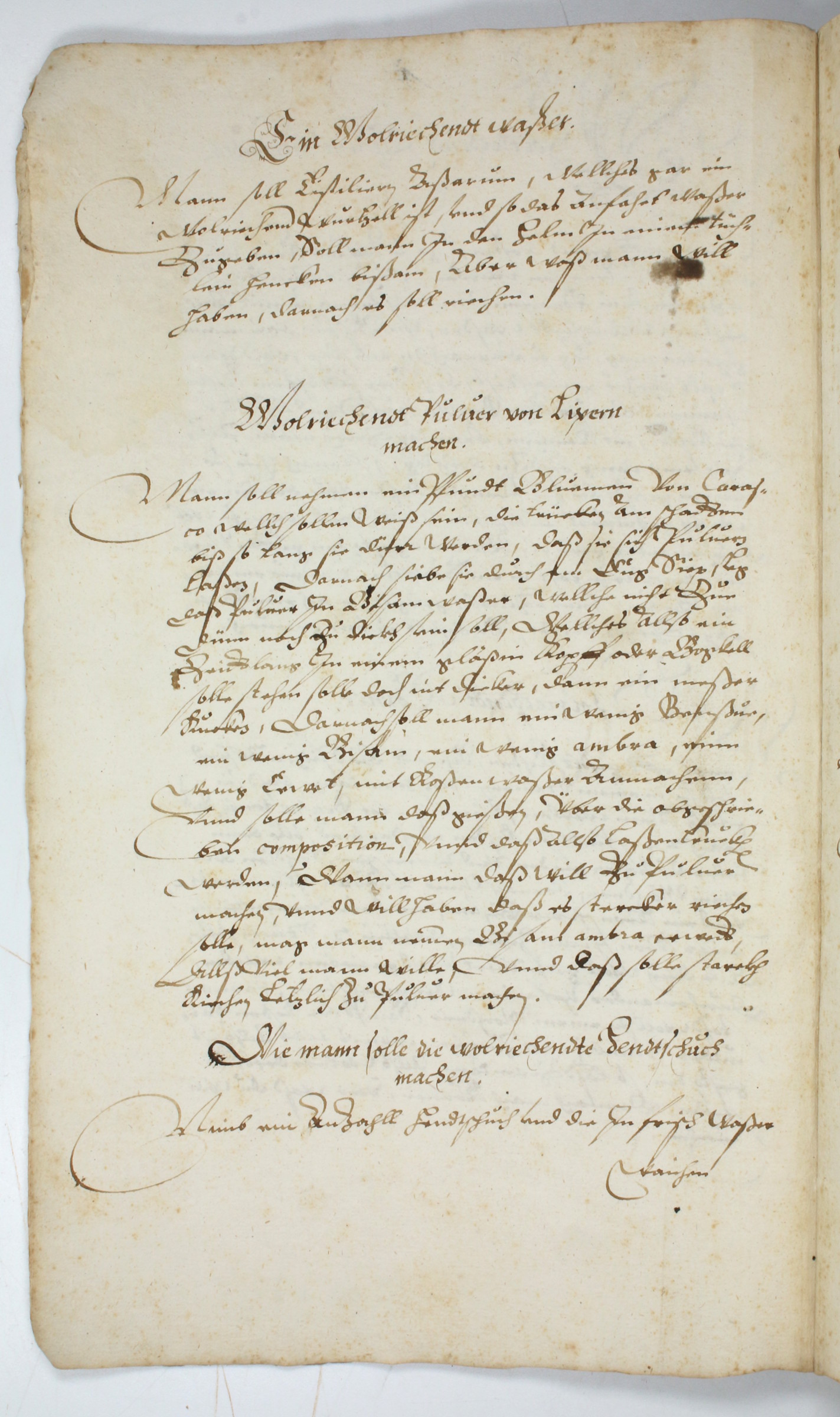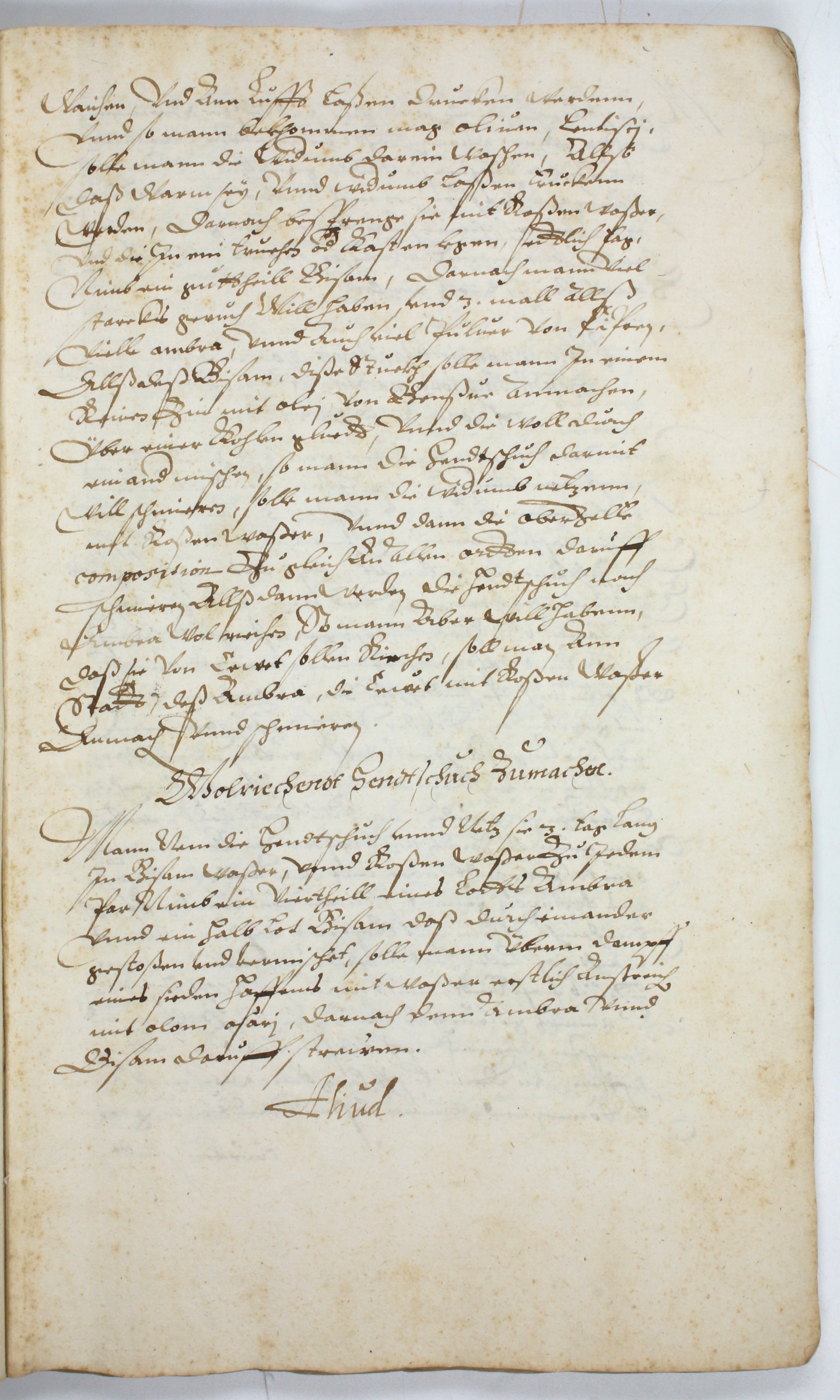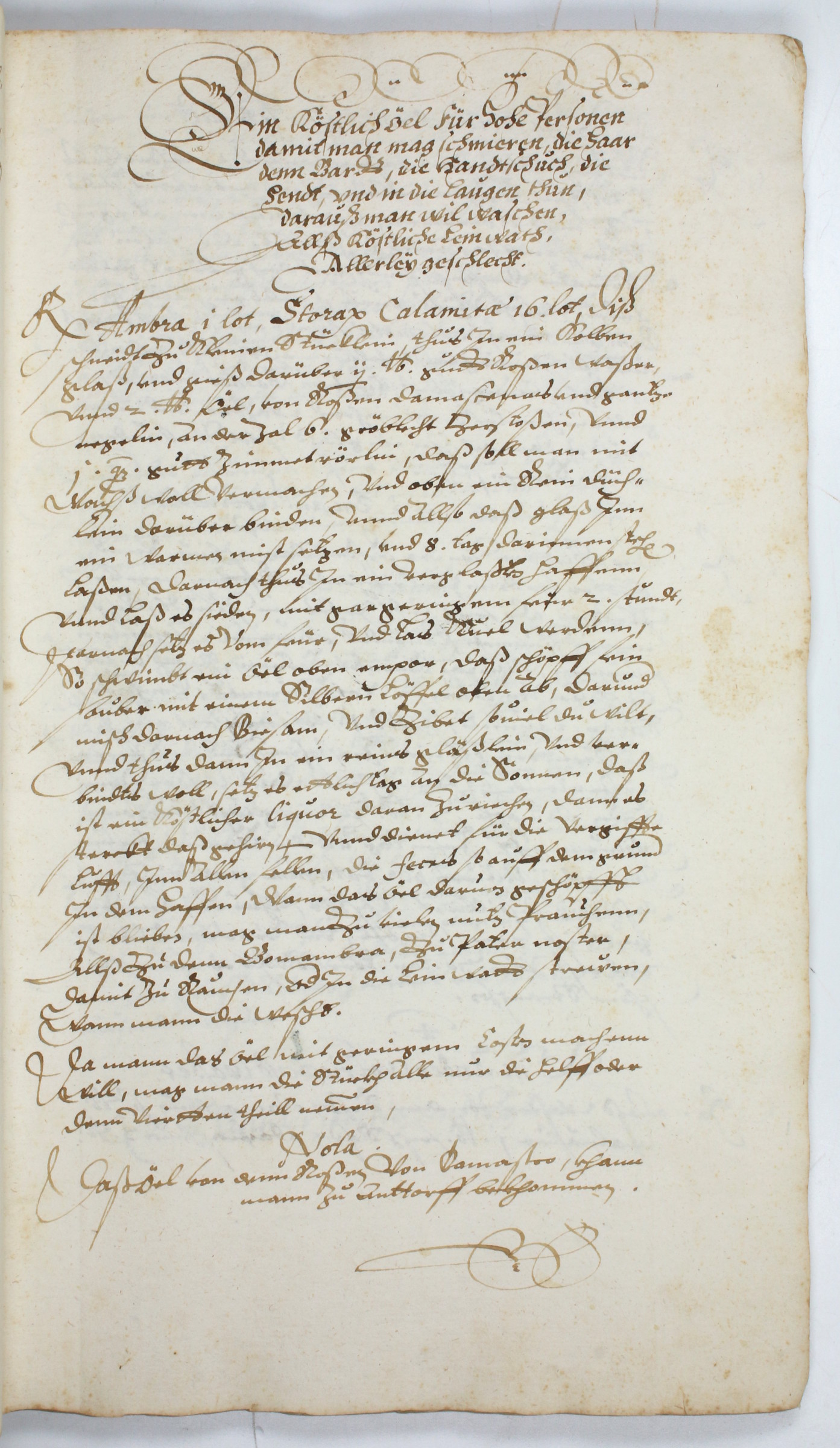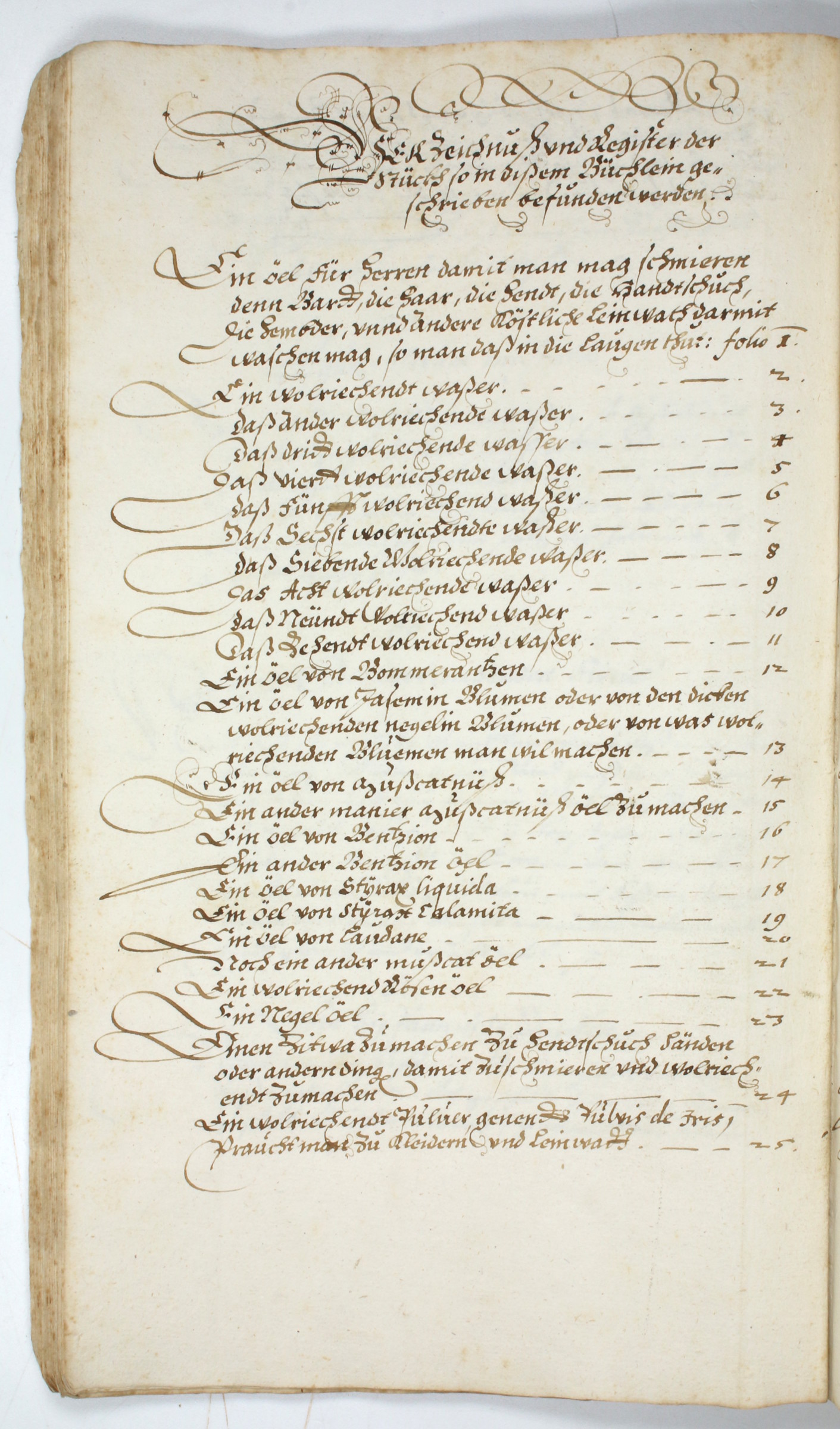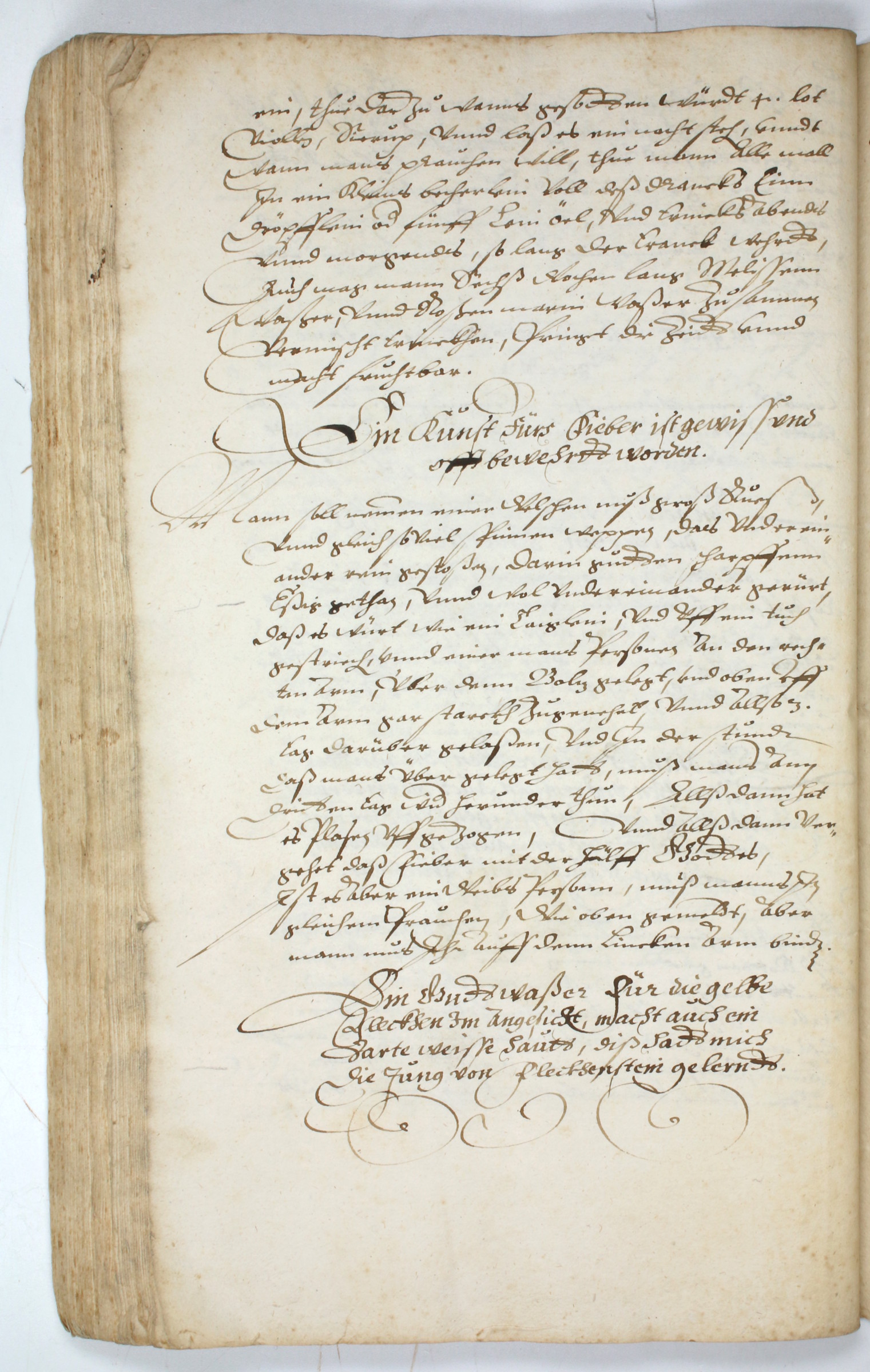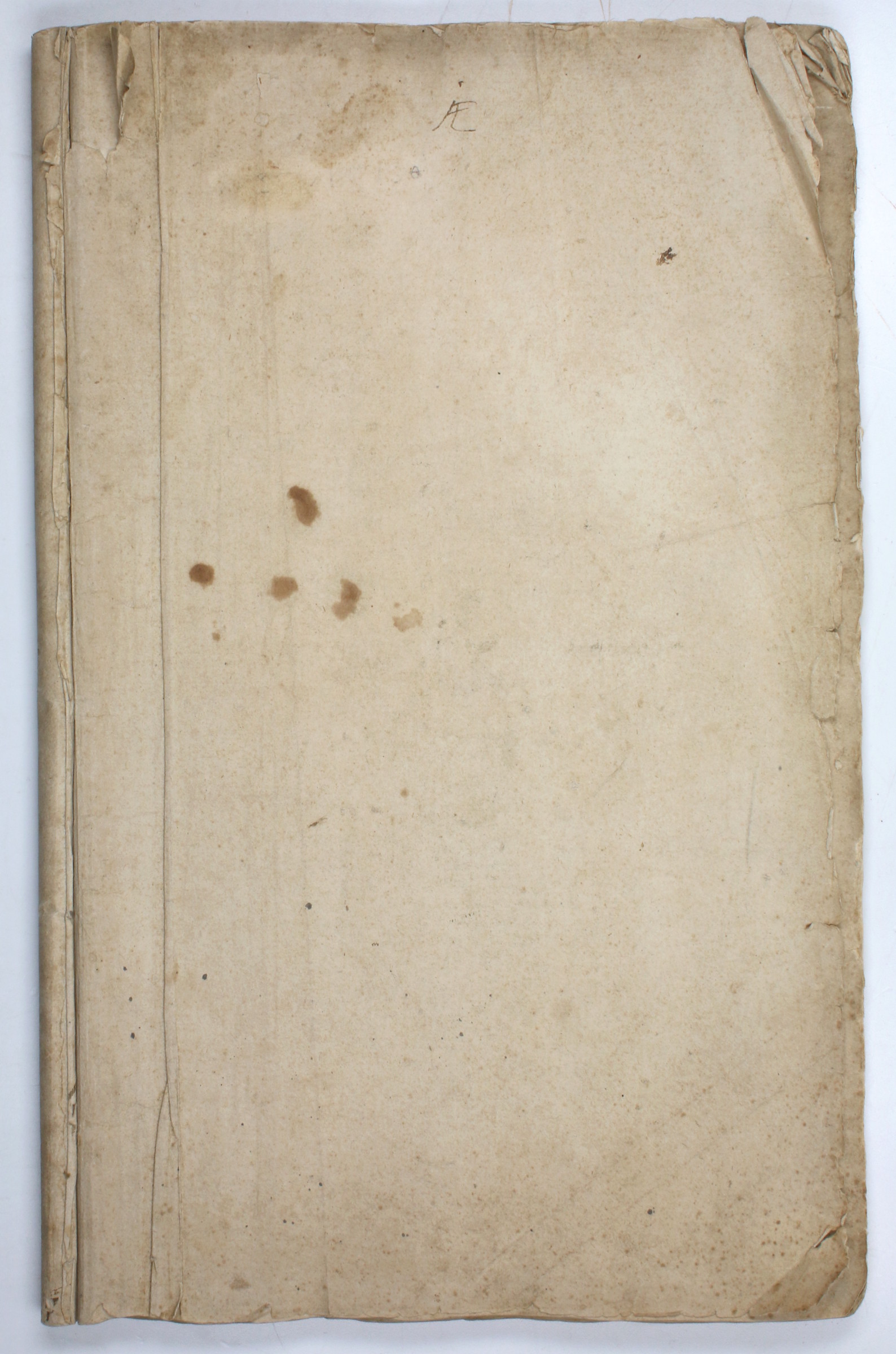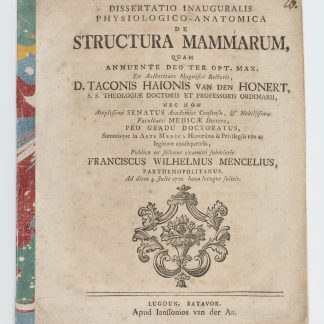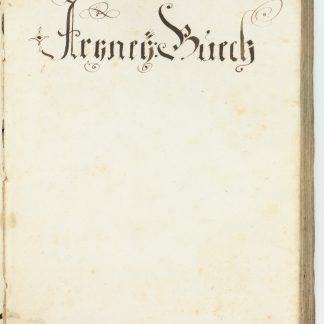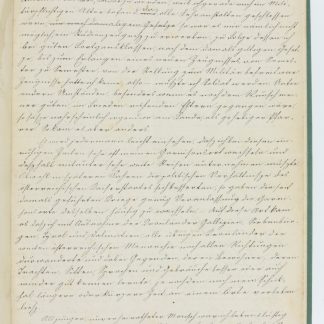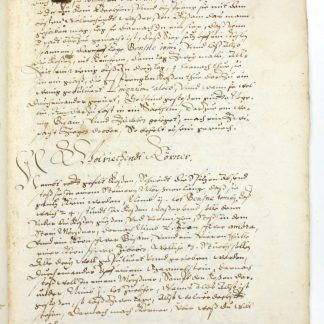The recipe book of Magdalena of Hohenlohe, the daughter of Juliana of Stolberg
Autograph collection of perfumery and cosmetics recipes.
Folio (212 x 334 mm). German manuscript on paper. 137 written pages on 80 ff. Sewn. First and last leaves a little frayed and stained, otherwise clean, well-preserved and well legible.
€ 12,500.00
Extensive recipe collection of the "book of secrets" or "Kunstbuch" genre, assembled by a southern German Renaissance noblewoman, containing a trove of instructions for the preparation of all kinds of fragrant powders and pills, lozenges, beard and hair oils, for aromatic smoke and hygienic glove treatments, various balms, soaps, varnishes, and candles, but also comprising ample medicinal and cosmetic material in a separate section at the end. Many of these latter recipes are of a specifically gynaecological nature ("for hot and sore breasts"; "how to prepare a drink to fortify and cleanse the mother, also to warm her, and to treat those who fail to have their natural period and cleansing; also it is certain to make fertile"); other ointments, wart remedies, face lotions etc. are intended to preserve or restore feminine beauty "beyond 30 or 40 years".
Among the sources cited by Magdalena are the bishop of Arras, Dr. Wilhelm Rascolon, and the "old Jew of Wandowa", but especially women: the electoress Anna of Saxony, Juliana of Nassau, the landgravine of Lichtenberg, the duchesses of Neuburg and of Bernstein, the ladies of Arnberg and of Dietrichstein, the Chief Court Mistress of the emperor's children, etc. Variously, the compiler notes when and from whom she learned a particular recipe, naming as her personal instructors and authorities "Salome von Oettingen" and "lady Fleckhenstein", but also many close relatives: "my mother (in law) von Hohenloe", "my sister of Nassau", "my sister of Schwartzburg the widow" (1586), "my niece Juliana von Solms"; another preparation is said to have been tried by her sick daughter Maria Elisabeth von Hanau-Lichtenberg (1576-1605): "how to make the capon water of my daughter of Hanau, such as she would drink in her childbed, and now in her illness takes as her constant beverage, anno 1604".
Magdalena of Nassau, countess of Hohenlohe since her marriage in 1567, lived mostly at Weikersheim Castle, the ancestral seat of her husband Wolfgang, who had taken residence there in 1587 and in 1595 undertook to convert the old moated castle into a splendid Renaissance palace. Wolfgang von Hohenlohe, a well-educated enthusiast of the arts, took a keen interest in alchemy and operated his own laboratory, while his wife Magdalena personally oversaw the castle's pharmacy - a role often assumed by the noble lady of the house in the 16th and 17th century (cf. Schelenz, Geschichte der Pharmazie, p. 444). Magdalena was known as generous and charitable, and she freely dispensed drugs to the needy, as her medically adept mother Juliana countess Stolberg had done before her. Juliana's recipe manuscript is in Heidelberg's University Library (Cod. Pal. germ. 554, only 40 written leaves); the present recipe collection assembled by her daughter was previously unknown.


